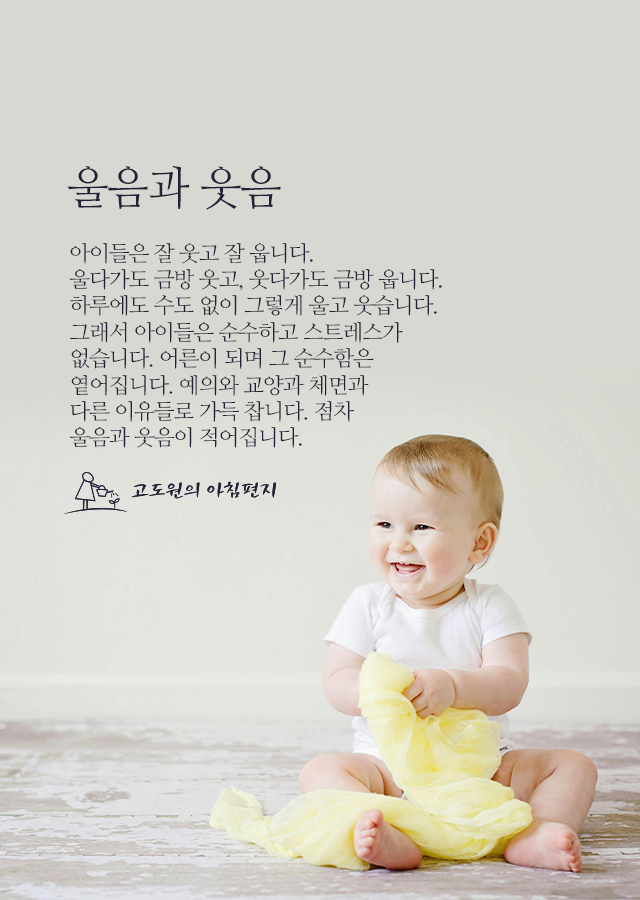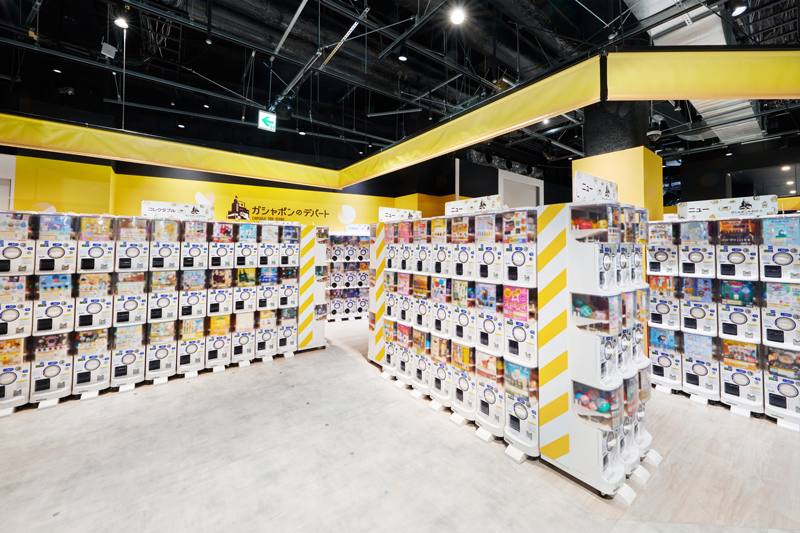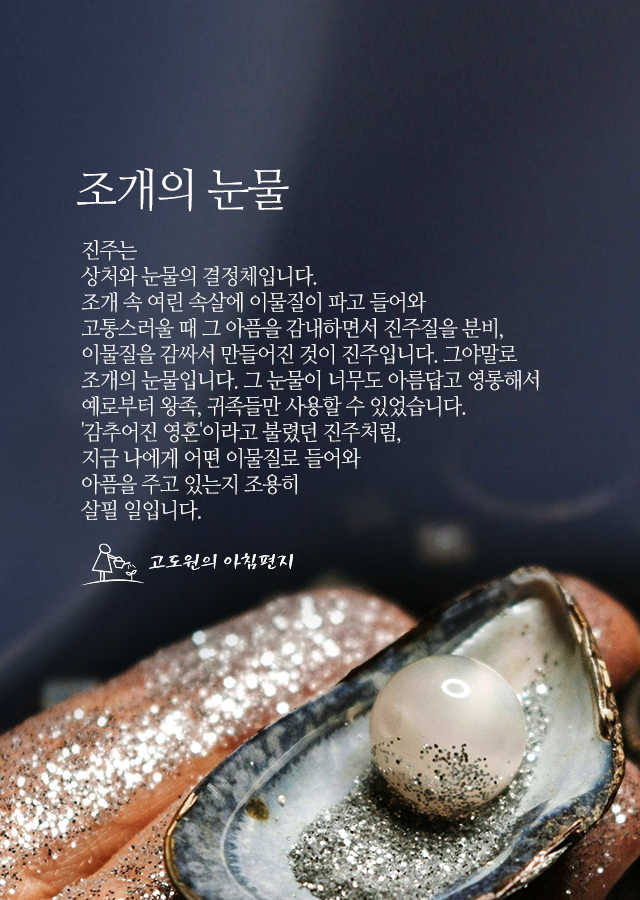읽고 또 읽으라고 한다
생각하라고 또 생각하라고 한다
노력하고 더 노력하라고 한다
하지만 그건...
사랑하고 또 사랑하자
- 민시우의 동시집 《고마워》 에 실린 동시 〈정답은 없다〉 전문 -
* 기독교의 성경은
'하나님은 사랑'이라고 말합니다.
모든 것의 궁극적 가치는 '사랑'입니다.
동시를 쓰는 시인은 그 진리를 알아버렸고
자라는 아이들에게 알려주고 싶었던 겁니다.

'아침편지' 카테고리의 다른 글
| 지쳐 보이는 학생에게는 (0) | 2024.07.15 |
|---|---|
| 부탁 (0) | 2024.07.15 |
| 울음과 웃음 (0) | 2024.07.15 |
| 항노화의 모범 답안 (0) | 2024.07.10 |
| 모래 한 알에서 세상을 보라! (0) | 2024.07.09 |






